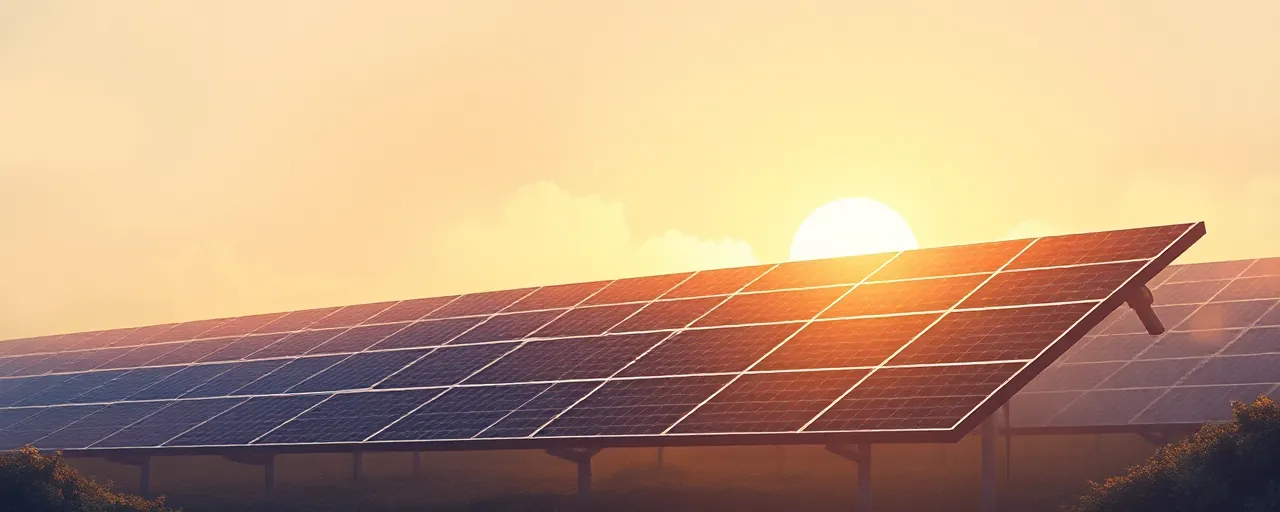A Rough Start to 2025 for Tesla
Tesla, the electric vehicle pioneer, is grappling with a tough 2025. Its first-quarter earnings per share are projected to hit just $0.34, well below the $0.42 analysts expected, according to Wells Fargo. The shortfall stems from a 13% year-over-year drop in vehicle deliveries, with only 336,681 units moved. This marks Tesla’s weakest quarter in three years, raising questions about its growth trajectory.
The company’s stock has taken a beating, down 38% this year alone. Investors are rattled by shrinking profit margins and signs of softening demand for Tesla’s core models, particularly the refreshed Model Y. Meanwhile, competition from Chinese automakers and traditional carmakers pivoting to electric vehicles is intensifying, putting Tesla’s market dominance at risk.
Beyond the numbers, Tesla’s challenges reflect broader shifts in the auto industry. Consumers are hesitating as high vehicle prices and economic uncertainty linger, while new tariffs on imported components are squeezing profitability across the sector. For Tesla, these headwinds are testing its ability to maintain its edge in a crowded market.
Why Demand Is Slipping
Tesla’s delivery slump is tied to several factors. Wells Fargo points to weak demand for the updated Model Y, with inventories reportedly piling up at dealerships. The Cybertruck, Tesla’s much-hyped electric pickup, is also losing steam, failing to sustain early buzz. The absence of updates on the anticipated low-cost Model 2, which could broaden Tesla’s customer base, has left analysts skeptical about near-term growth.
Pricing strategies haven’t helped. While Tesla slightly raised sticker prices for its Models 3, Y, S, and X, it’s leaning heavily on aggressive financing deals, like 0% APR and free supercharging. These moves act as hidden discounts but haven’t sparked the demand boost Tesla hoped for. Instead, they’re eating into profit margins, with automotive gross margins (excluding credits) expected to fall to 12.8% from 13.6%.
The broader electric vehicle market isn’t helping. While global EV sales grew 50% year-over-year in February 2025, reaching 1.2 million units, growth is uneven. In the U.S., EVs account for just 7.5% of new vehicle sales, and high prices—averaging $48,000 compared to many buyers’ $35,000 budgets—are dampening enthusiasm. Tesla, once the default choice for EV buyers, now faces stiffer competition from brands offering more affordable options.
A Pivot to the Future?
With its core automotive business under pressure, Tesla appears to be doubling down on futuristic projects. Analysts expect the company to focus on its Cybercab robotaxi and Optimus humanoid robot, both of which tap into the booming interest in autonomous driving and robotics. Investment in these fields is surging, with $7 billion poured into robotics projects in October 2024 alone. Tesla claims its Full Self-Driving software has improved 1,000-fold and plans to launch a robotaxi service by June 2025.
Yet, skepticism abounds. Experts question whether these ventures can deliver meaningful revenue soon enough to offset Tesla’s current struggles. The autonomous driving sector has seen its share of overhype, with past setbacks like the closure of Argo AI and GM’s pause on Cruise serving as cautionary tales. While companies like Waymo are expanding driverless taxi services, scaling such technology remains costly and complex.
Tesla’s energy division offers a glimmer of hope. Growing 67% in 2024 and now accounting for 10% of revenue, the segment is a bright spot. But with automotive margins potentially dipping into single digits, the energy business alone can’t prop up Tesla’s financials. The company’s ability to balance its speculative bets with its core EV operations will be critical.
Navigating a Shifting Landscape
Tesla’s woes come against a volatile backdrop for the auto and tech sectors. The Nasdaq is down 16% year-to-date, its worst quarter in nearly three years, driven by inflation, high interest rates, and new tariffs disrupting supply chains. U.S. new car inventories have dropped 10.2% since March 2025, with a 70-day supply signaling tighter conditions. Automakers are leaning on incentives, with average spending per vehicle hitting $3,059, or 6.1% of MSRP.
Globally, the EV market remains a mixed bag. China’s EV sales are soaring, up 35% year-to-date, while Europe’s battery electric vehicles are gaining traction. Yet, policy shifts—like France’s weight tax on plug-in hybrids—are creating headwinds in some regions. In the U.S., infrastructure expansion and incentives are fueling modest growth, but consumer hesitancy persists amid economic pressures and range concerns, even as battery technology improves.
For Tesla, these dynamics underscore the need for agility. The company’s historical strength—disrupting the auto industry with bold innovation—is being tested by practical challenges like production hiccups and rising competition. Its response will shape not just its own future but also the broader EV market’s trajectory.
What Lies Ahead
Tesla’s immediate path looks rocky. Wells Fargo slashed its 2025 earnings forecast by 16%, citing an 11% drop in deliveries. The company’s ability to stabilize its core automotive business while advancing its AI-driven ambitions will determine whether it can regain investor confidence. For now, its stock remains a lightning rod for both optimism about its long-term vision and concern over short-term execution.
The stakes are high for Tesla and the EV industry at large. As consumer preferences evolve and economic pressures persist, automakers must navigate a delicate balance between affordability, innovation, and profitability. Tesla’s next moves—whether refining its pricing strategy, ramping up production, or delivering on its robotaxi promise—will offer clues about its resilience in an increasingly competitive landscape.
